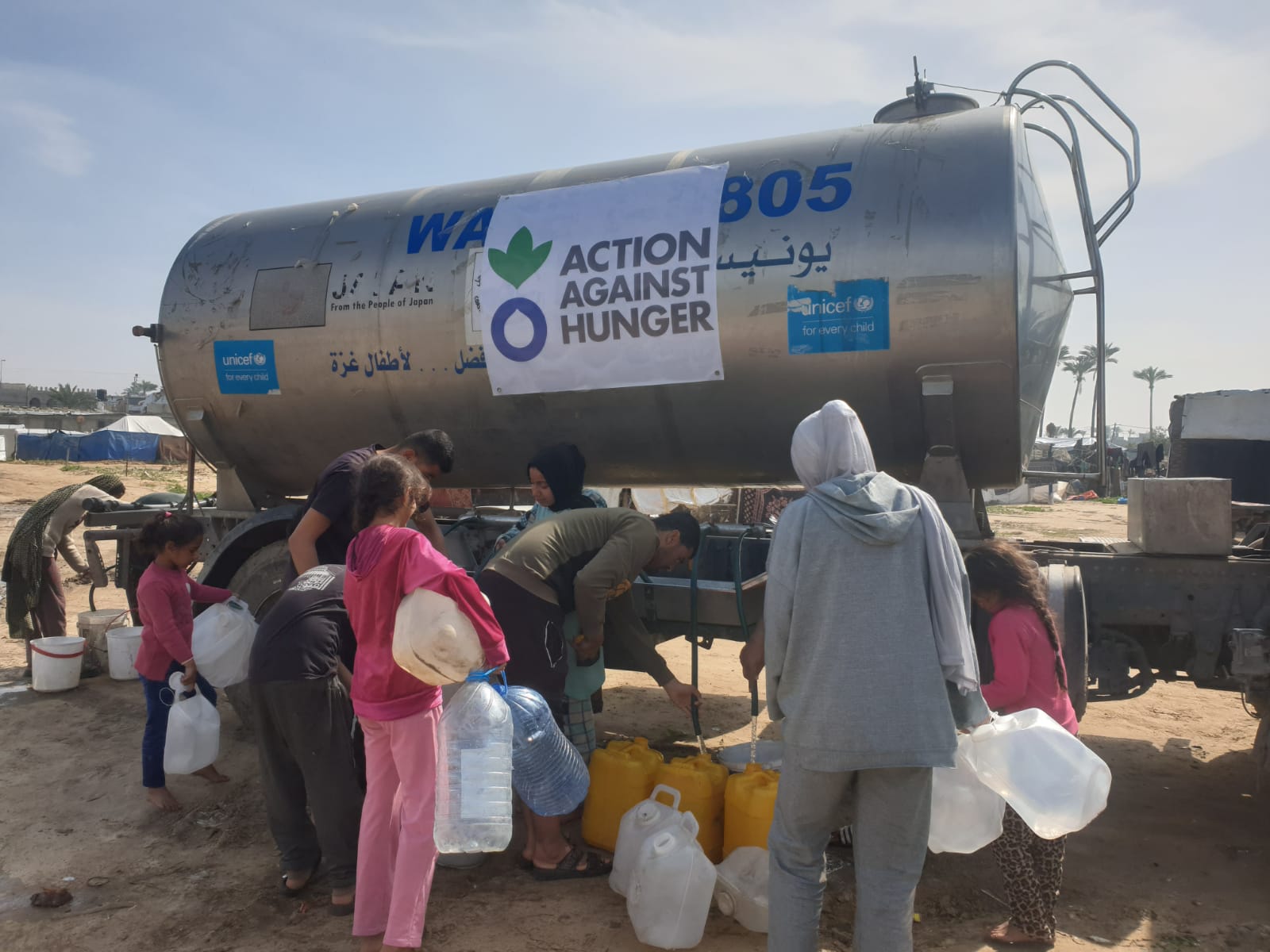The Integrated Food Security Phase Classification (IPC) issued another alert on 12 May – all of Gaza is in Emergency (IPC Phase 4 out of 5), with over 71,000 cases of acute malnutrition in children in Gaza aged 6 to 59 months, of which 14,100 are severe cases. The majority of households across Gaza have significant food consumption gaps, and in cases of severe malnutrition, face the risk of death.
An additional 18,400 pregnant and breastfeeding women are expected to need treatment between now and April 2026 to prevent irreversible and life-threatening health problems for both mothers and babies. The findings represent a major deterioration compared to previous IPC analyses in which 93% of Gaza was classified in Crisis (IPC Phase 3 or above). This deterioration comes after over two months of a total siege on Gaza, in which no humanitarian aid – including food, water, medical aid and other supplies essential to the survival of the civilian population – has entered.
As a result of a severe lack of food and diversity in nutrition, 250,000 people are living in starvation conditions. This number is expected to double if the situation in Gaza does not improve. The IPC forewarns: If conditions continue, or worse, deteriorate, then famine is imminent.
An Action Against Hunger staff member in Gaza, said:
“Today, I work as a breastfeeding counsellor with Action Against Hunger and with every consultation, my worst fears get confirmed: there is no end to this crisis. The situation is growing more catastrophic, and the acute shortage in aid and assistance is increasingly alarming.
“Breastfeeding and pregnant women face double the risk. Their bodies are exhausted from pregnancy and childbirth, and in return, they face harsh hunger, prolonged deprivation, and a severe lack of all essential health and nutrition necessities.”
In April 2025, Action Against Hunger assessed caregivers of over 1,000 children under 5 years old across three governorates in Gaza. All children were found to face food insecurity, measured by the number of times caregivers reported experiences such as going without food when hungry or skipping meals.
Alarmingly, one in two children were found to be either moderately or severely food insecure. In the Middle Area, one in three respondents reported that their children had recently gone an entire day without eating. Since the beginning of April, our teams in Gaza reported that more children have been admitted to our monthly treatment programmes with acute malnutrition for the first time compared to the entire first three months of 2025, reaching some of the worst levels our teams have ever seen.
Natalia Anguera, Head of Operations in the Middle East for Action Against Hunger, said:
“The only thing keeping Palestinians from famine right now is humanitarian assistance. Our teams in Gaza have distributed the last of our remaining dry food parcels, with only items for one community kitchen remaining. Many other organisations ran out weeks ago.”
Since the start of the siege, over 177 community kitchens and bakeries have been forced to close, while the cost of wheat flour, a household staple, has increased by over 3,000% since February 2025, now costing between $235 USD and $520 USD per 25 kilogram across Gaza.
Blocking the entrance of food will cause famine. The only way to prevent death as a result of famine is to allow food in. As such, Action Against Hunger reiterates its demands to all parties to the conflict to immediately and unconditionally re-open all border crossings, as well as secure an immediate and permanent ceasefire and protection of civilians and civilian infrastructure.


